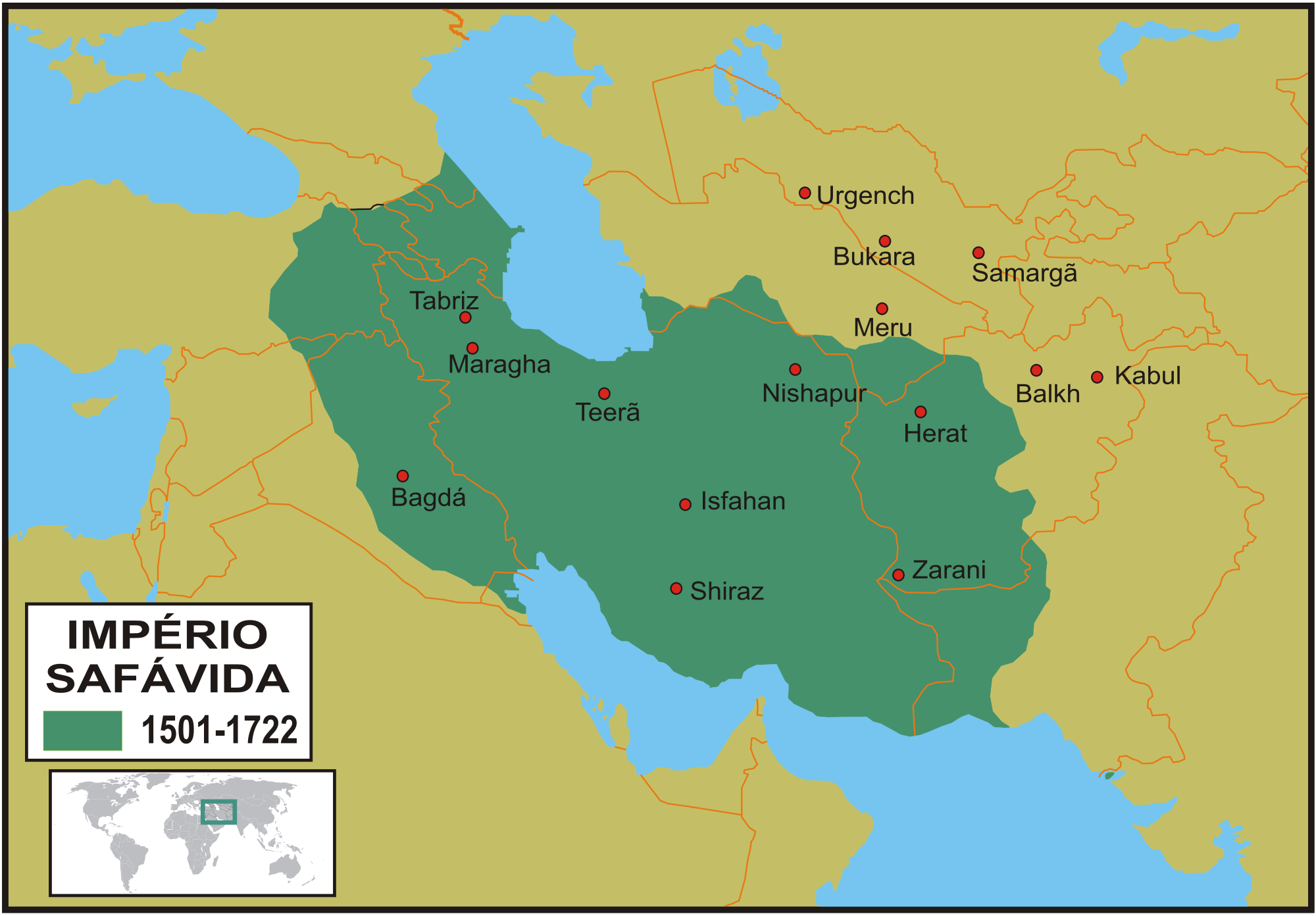
The Safavid Empire, reigning from 1500 to 1722, left a significant mark on the Middle East with its notable cultural, artistic, and military accomplishments.
Despite its strengths, the empire encountered a succession of obstacles that culminated in its downfall during the 18th century.
Safavid Empire Overview
Established by Shah Ismail I, the Safavid Empire stood as a formidable Shia Muslim dynasty that governed a vast expanse encompassing contemporary Iran, Iraq, Armenia, Azerbaijan, and Georgia.
It experienced its pinnacle during the reign of Shah Abbas the Great, marked by significant cultural and military achievements.
However, the empire’s eventual decline resulted from a convergence of internal challenges and external pressures, ultimately leading to its downfall in the course of history.
- Read also: What caused the Fall of Babylon? Unveiling the Factors
- Read also: Egyptian Empire Timeline: Unraveling Millennia of History
Reasons for the Decline of the Safavid Empire
The decline of the Safavid Empire was a complex process influenced by various interconnected factors.
Examining these reasons provides a deeper understanding of the internal challenges that contributed to its eventual downfall.
Internal Strife
Power struggles
The Safavid Empire grappled with internal power struggles that significantly weakened central authority.
These struggles often played out at the heart of the empire’s governance, as various factions contended for influence.
The consequences were far-reaching, resulting in a fractured central authority and a loss of cohesion.
Religious tensions and conflicts
Religious tensions, particularly between the ruling elite and the clergy, emerged as a critical factor eroding the stability of the Safavid state.
The intertwining of political and religious authority created a delicate balance that, when disrupted, led to internal conflicts.
Economic Woes
Decline of the silk road
The Safavid Empire faced economic challenges with the decline of the Silk Road, a vital trade route connecting East and West.
This decline had a detrimental impact on the empire’s economy, as it relied heavily on the Silk Road for trade and economic prosperity.
Overreliance on land taxes
Economic instability within the Safavid Empire was exacerbated by an overreliance on land taxes.
Depending heavily on revenue generated from taxing agricultural lands, this approach led to discontent among the population and further strained the economic foundation of the state.
Military Misfortunes
Wars with the Ottomans and Uzbeks
The Safavid Empire found itself embroiled in prolonged and financially draining wars with the Ottoman Empire and the Uzbeks.
These conflicts strained the empire’s resources and manpower, creating a significant burden that impacted its ability to govern effectively.
Rise of European powers
The emergence of European powers, particularly the Dutch and English, disrupted the Safavid Empire’s trade routes and dealt a blow to its military capabilities.
The encroachment of European influence in the region further complicated the empire’s geopolitical standing.
External Pressures
European colonization
The encroachment of European colonial powers represented a substantial threat to the Safavid Empire’s sovereignty and economic interests.
The imperial ambitions of European colonizers disrupted established trade networks and exerted pressure on the empire’s territorial integrity.
Natural disasters and epidemics
The Safavid Empire faced additional challenges in the form of natural disasters and epidemics.
These calamities, including earthquakes and widespread diseases, took a toll on the empire’s social and economic fabric, compounding its difficulties.
Modernization
The Safavid Empire’s failure to adapt to the changing geopolitical and economic landscape, marked by the emergence of modern European powers, played a crucial role in its decline.
The empire’s resistance to modernization left it ill-prepared to face the evolving dynamics of global politics and economics.
- Read also: Kush Empire Timeline
- Read also: Akkadian Empire Timeline
Conclusion
The decline of the Safavid Empire was a culmination of diverse factors, intricately interwoven to form a complex narrative.
Internal strife, economic challenges, military setbacks, external pressures, and the empire’s reluctance to modernize collectively contributed to its eventual downfall.
By comprehending the multifaceted nature of the empire’s decline, we glean valuable insights into the nuanced dynamics that shape the trajectory of great civilizations, exploring the intricate interplay between internal dynamics and external forces that mark the rise and fall of influential societies.



